Keeping NSW safe.
Category: innovation – Page 185
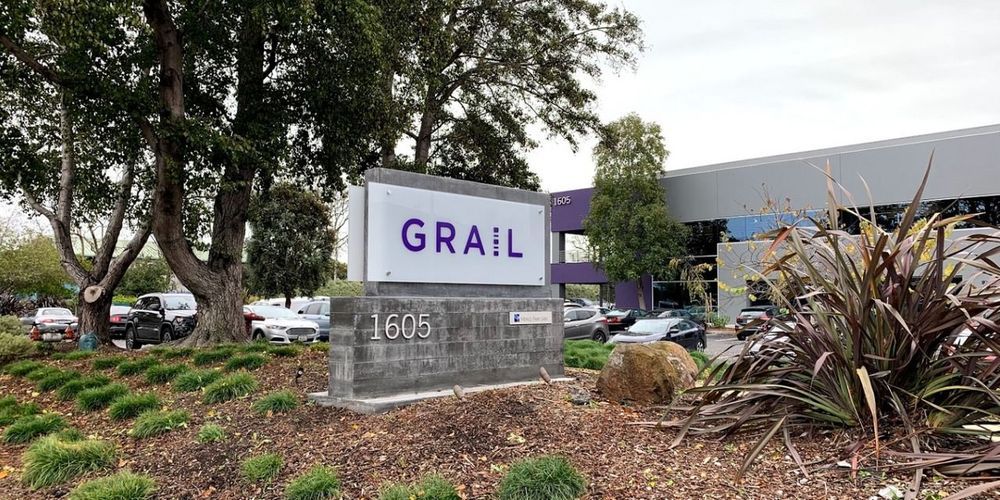
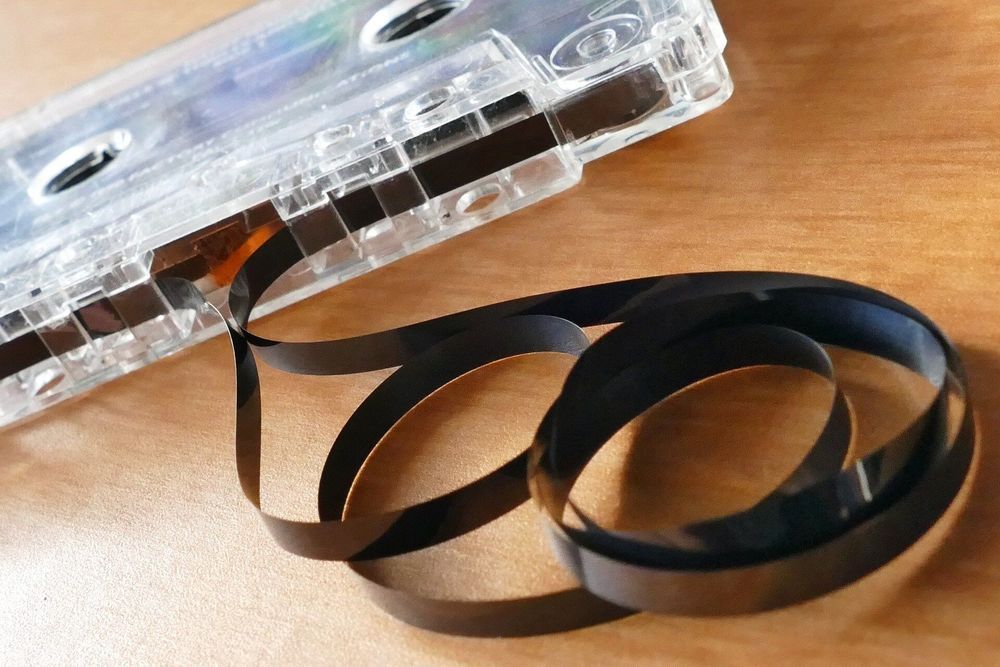
Fuji envisions 400TB tape drive
Fujifilm announced a technological breakthrough that will allow it to construct a massive 400 terabyte tape cartridge by the end of the decade.
Tape drives currently top out at about 12 terabytes of storage.
The Blocks and Files web site reported that Fujifilm says it can achieve the newer, greater capacities by switching from the standard Barium Ferrite (BaFe) tape coatings to Strontium Ferrite (SrFe).

Breakthrough Towards Lasers Powerful Enough to Investigate a New Kind of Physics
An international team of researchers has demonstrated an innovative technique for increasing the intensity of lasers.
In a paper that made the cover of the journal Applied Physics Letters, an international team of researchers has demonstrated an innovative technique for increasing the intensity of lasers. This approach, based on the compression of light pulses, would make it possible to reach a threshold intensity for a new type of physics that has never been explored before: quantum electrodynamics phenomena.
Researchers Jean-Claude Kieffer of the Institut national de la recherche scientifique (INRS), E. A. Khazanov of the Institute of Applied Physics of the Russian Academy of Sciences and in France Gérard Mourou, Professor Emeritus of the Ecole Polytechnique, who was awarded the Nobel Prize in Physics in 2018, have chosen another direction to achieve a power of around 1023 Watts (W). Rather than increasing the energy of the laser, they decrease the pulse duration to only a few femtoseconds. This would keep the system within a reasonable size and keep operating costs down.
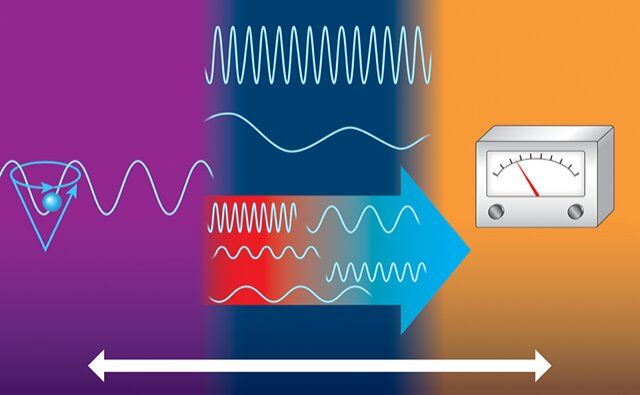
New breakthrough in ‘spintronics’ could boost high speed data technology
Scientists have made a pivotal breakthrough in the important, emerging field of spintronics—which could lead to a new high speed energy efficient data technology.
An international team of researchers, including the University of Exeter, has made a revolutionary discovery that has the potential to provide high speed, low power-usage for some of the world’s most well-used electronic devices.
While today’s information technology relies on electronics that consumes a huge amount of energy, the electrons within electric currents can also transfer a form of angular momentum called spin.
Results of an Experiment
A USC Dornsife chemistry professor’s bet on a student proposal leads to new understanding of what defines a metal — and lands the cover of Science.
Ryan McMullen had never heard of the USC Dornsife College of Letters, Arts and Sciences when he started casting about for a graduate chemistry program. But on the recommendation of one of his professors, he sent an email to the College’s Professor of Chemistry Stephen Bradforth proposing an experiment to tease out what makes a metal really a metal.
The proposal would not only turn into his Ph.D. thesis but a major scientific breakthrough.
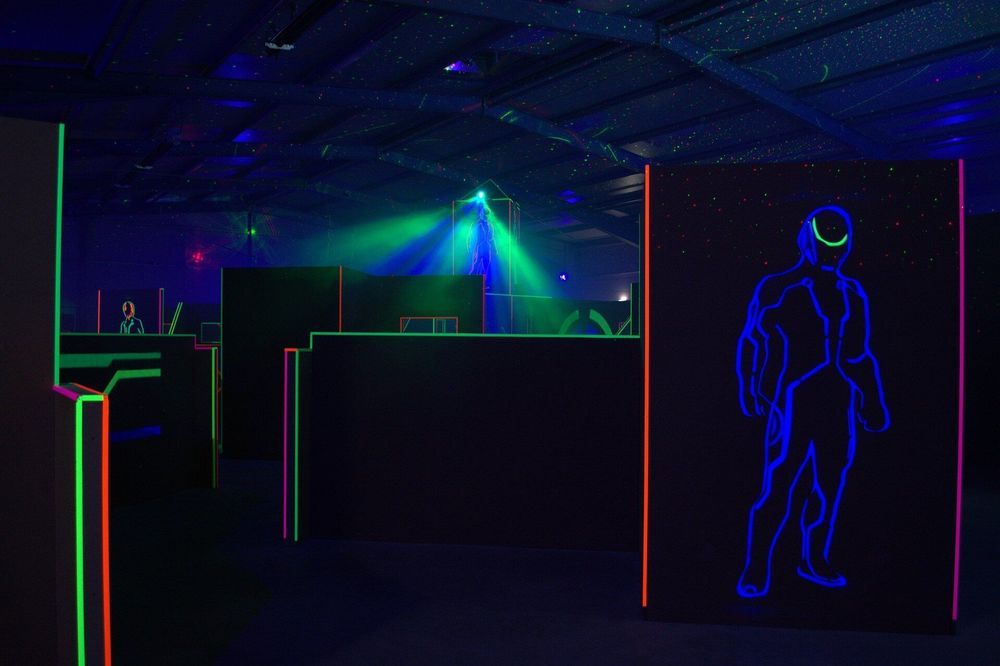
Toward lasers powerful enough to investigate a new kind of physics
In a paper that made the cover of the journal Applied Physics Letters, an international team of researchers has demonstrated an innovative technique for increasing the intensity of lasers. This approach, based on the compression of light pulses, would make it possible to reach a threshold intensity for a new type of physics that has never been explored before: quantum electrodynamics phenomena.
Researchers Jean-Claude Kieffer of the Institut national de la recherche scientifique (INRS), E. A. Khazanov of the Institute of Applied Physics of the Russian Academy of Sciences and in France Gérard Mourou, Professor Emeritus of the Ecole Polytechnique, who was awarded the Nobel Prize in Physics in 2018, have chosen another direction to achieve a power of around 1023 watts (W). Rather than increasing the energy of the laser, they decrease the pulse duration to only a few femtoseconds. This would keep the system within a reasonable size and keep operating costs down.
To generate the shortest possible pulse, the researchers are exploiting the effects of non-linear optics. “A laser beam is sent through an extremely thin and perfectly homogeneous glass plate. The particular behavior of the wave inside this solid medium broadens the spectrum and allows for a shorter pulse when it is recompressed at the exit of the plate,” explains Jean-Claude Kieffer, co-author of the study published online on 15 June 2020 in the journal Applied Physics Letters.
Molten-Salt Fusion Reactors and Molten-Salt Fission Reactors — Dr. Charles Forsberg @ ORNL MSRW 2019
Dr. Charles Forsberg observes technological overlap between Molten-Salt Reactor (fission) development and Fusion Reactors due to manufacturing breakthrough of Rare-Earth Barium Copper Oxide (REBCO) Superconducting Magnets onto steel tape.
REBCO superconducting tape enables doubling magnetic fields.
Size of magnetic fusion system for any given power output varies as one over the fourth power of the magnetic field. Higher magnetic fields can shrink fusion system size by an order of magnitude, power density in the fusion blanket increases by an order of magnitude.
Higher power densities in the blanket make it difficult to cool solid blankets. High magnetic fields create large incentives to have a coolant with low electrical conductivity to avoid coolant/magnetic field interactions.
REBCO Fusion Favors a Molten-Salt (particularly FLiBe Salt) Blanket.
Why Flibe (Li2BeF4) Salt?
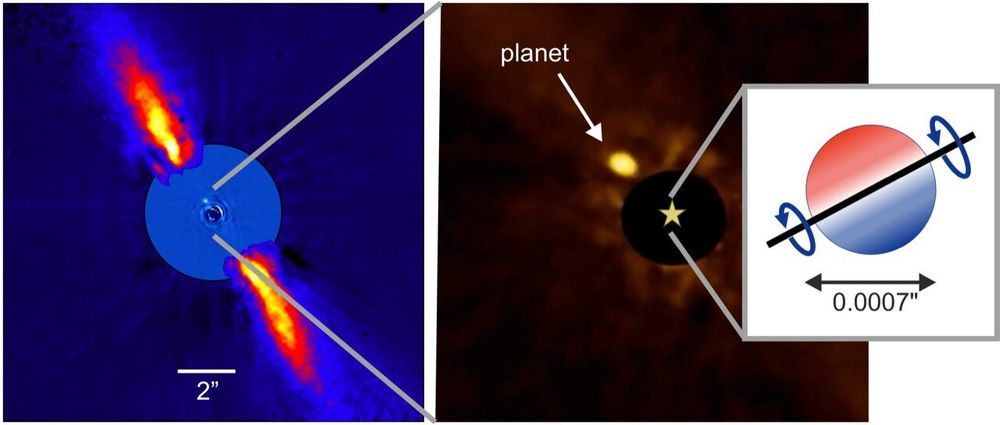
First measurement of spin-orbit alignment on planet Beta Pictoris b
Astronomers have made the first measurement of spin-orbit alignment for a distant ‘super-Jupiter’ planet, demonstrating a technique that could enable breakthroughs in the quest to understand how exoplanetary systems form and evolved.
An international team of scientists, led by Professor Stefan Kraus from the University of Exeter, has carried out the measurements for the exoplanet Beta Pictoris b—located 63 light years from Earth.
The planet, found in the Pictor constellation, has a mass of around 11 times that of Jupiter and orbits a young star on a similar orbit as Saturn in our solar system.